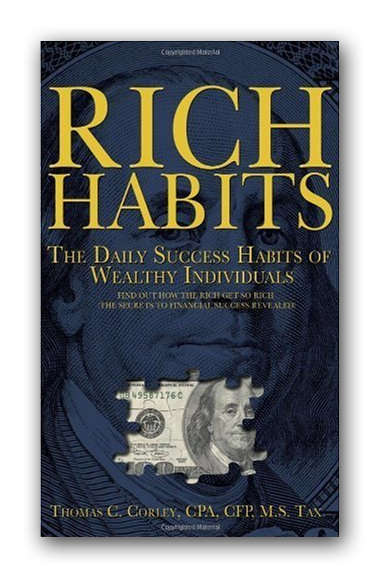
In November 2016, the journal BMC Public Heath, published a study conducted in Finland over an eleven year period. The study included 2,267 men and women. 121 of those men and women, who were identified as more pessimistic than the rest of the group, had died of coronary heart disease during the study’s eleven-year period.
The study concluded that pessimists were less inclined to healthy lifestyles and that optimists were more inclined towards healthier lifestyles. The study also found that pessimism impairs your immune system, while optimism, boosts your immune system.
So, in an effort to extend your life, I’d like to share some strategies to help boost optimism:
- Every day express gratitude for three things that went right yesterday. Gratitude is the gateway to optimism, so expressing gratitude every day acts like a force field, pushing pessimism to the side.
- Volunteer for some noble cause a few hours every week. I have a treasure trove of studies that indicate volunteering fosters a positive mental outlook by releasing oxytocin, a feel good hormone.
- Eat more vegetables. We have two brains – the one in our head and our Enteric Nervous System (ENS). The ENS is a complex system of about 100 million nerves found in the lining of the gut (small and large intestines). Inside this system are trillions of bacteria and other microorganisms. By eating more vegetables (and also berries, nuts, seeds, olive oil, beans, cauliflower and yogurt), you are feeding your gut with good bacteria. There are many Gut-Brain studies which show that healthy eating reduces the effects of stress, depression and pessimism by increasing the number of good bacteria inside the gut.
- Exercise aerobically, 20 – 30 minutes every day. Aerobic exercise increases the release of endorphins, another feel good hormone. Aerobic exercise also reduces stress. Stress is the gateway to negativity and pessimism.
- Stop Multitasking. Multitasking taxes the brain. According to a University London study, multitasking impairs brain function by sapping the brain of energy (glucose) and this has a particularly negative effect on the emotional center of the brain (amygdala).
- Express love and compassion. This results in the release of oxytocin, a feel good hormone.











